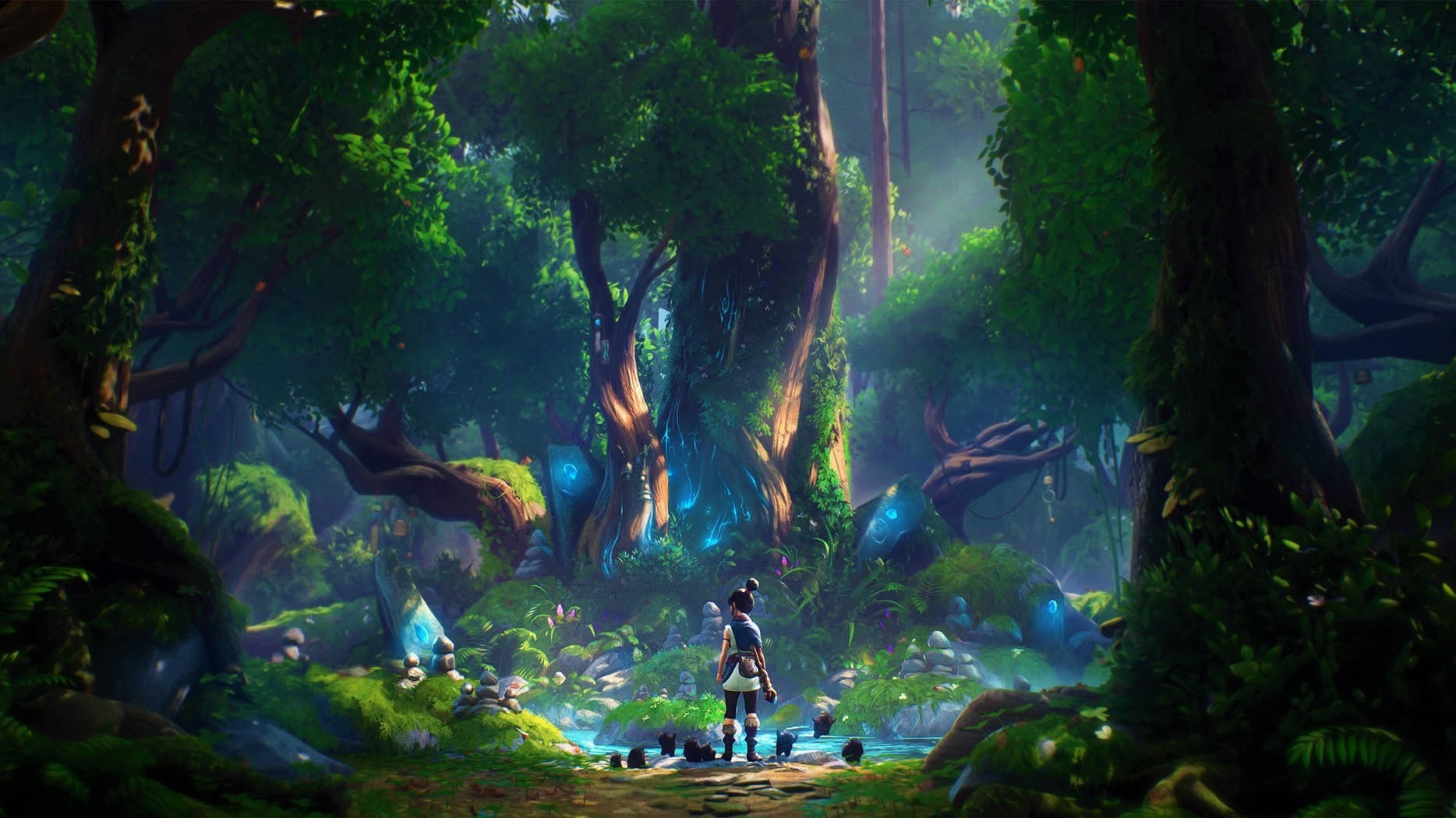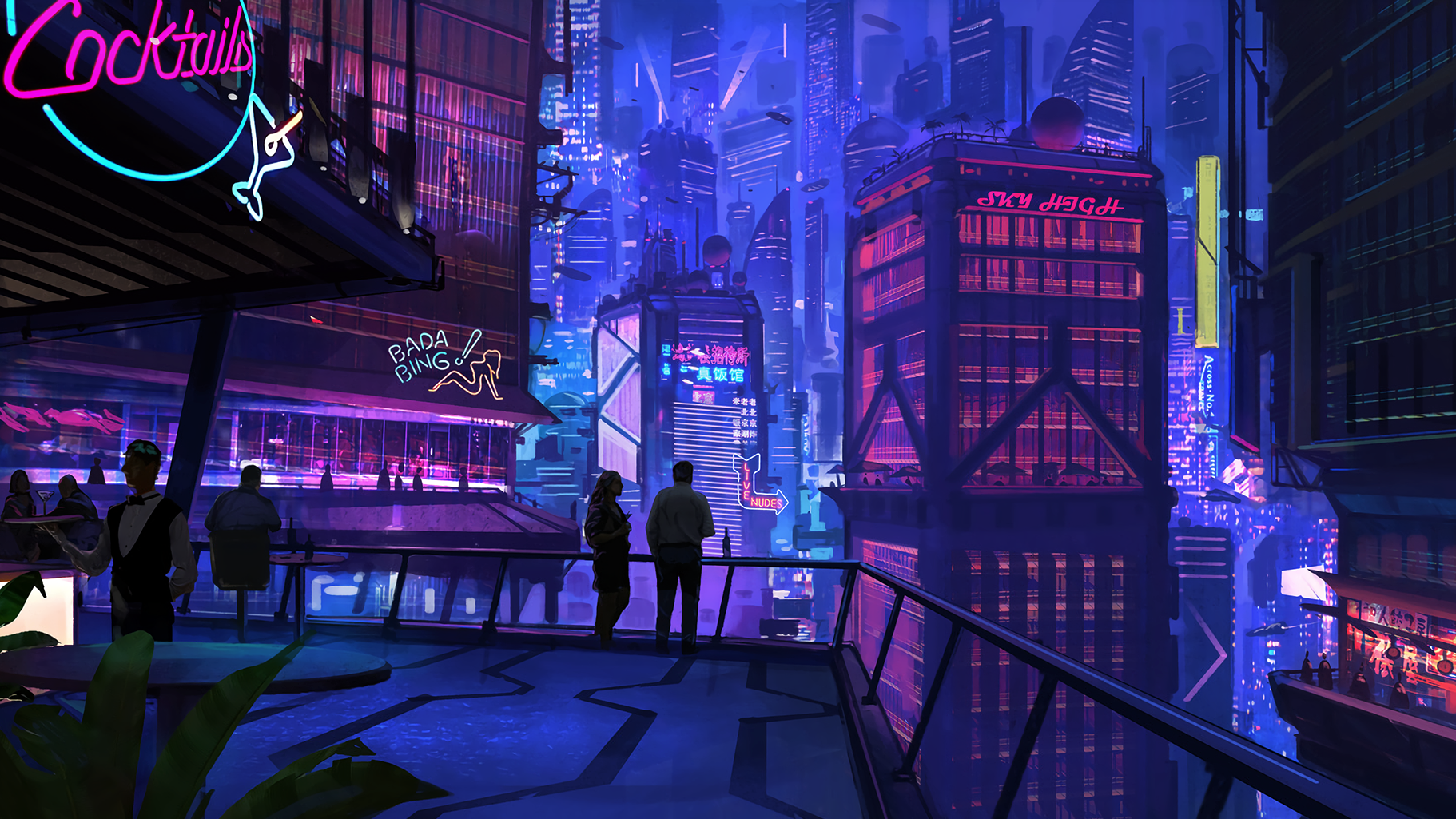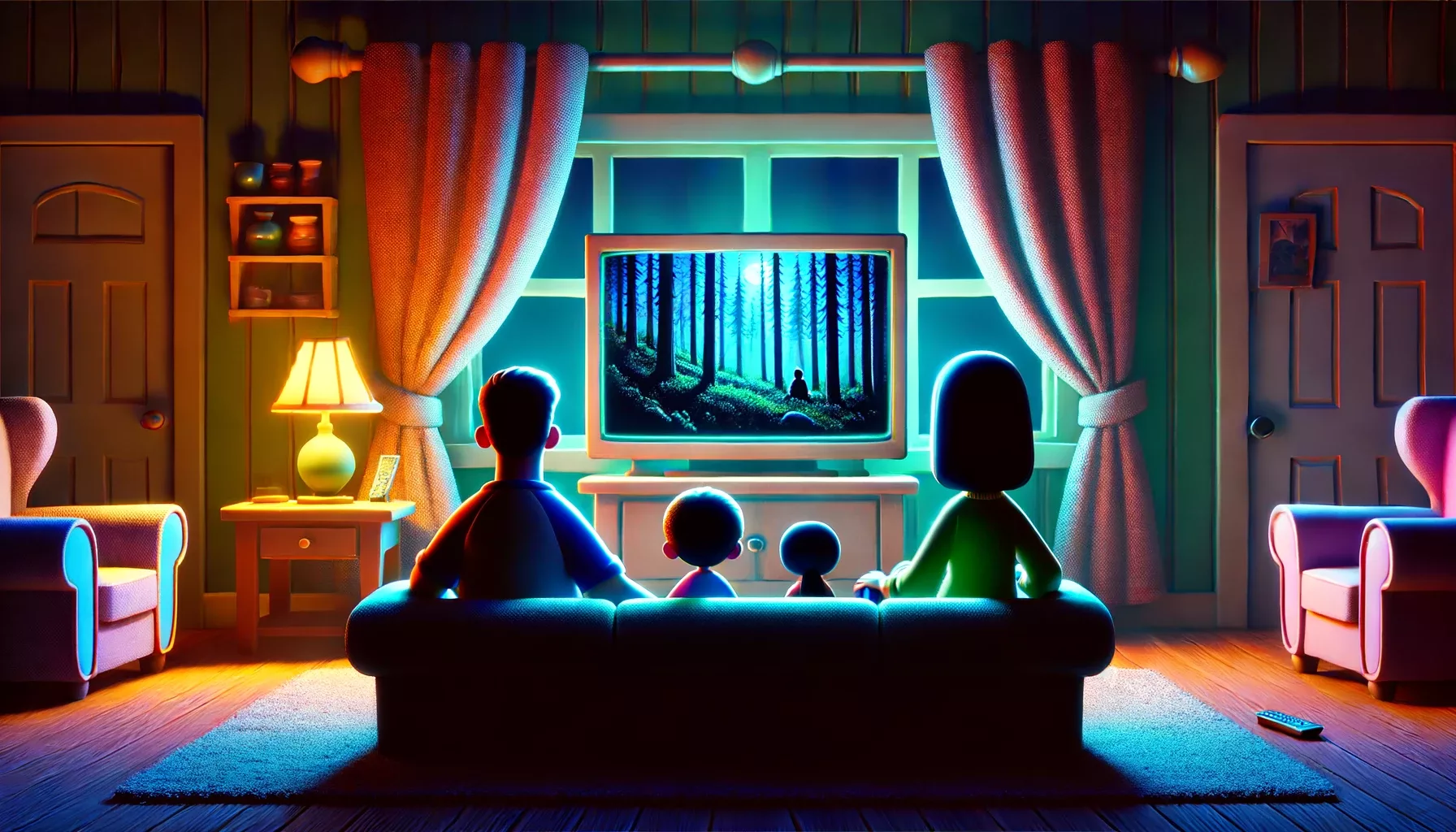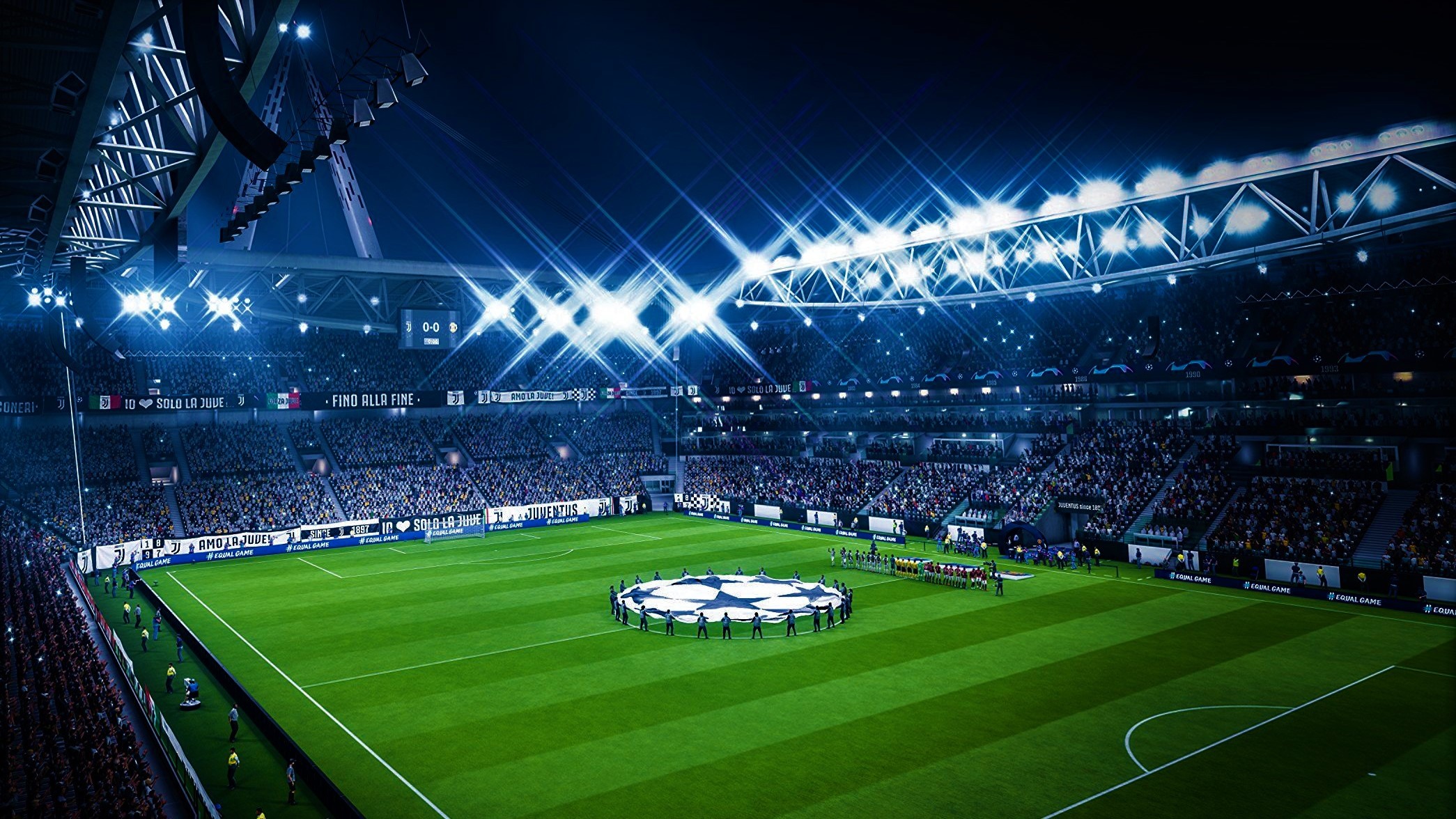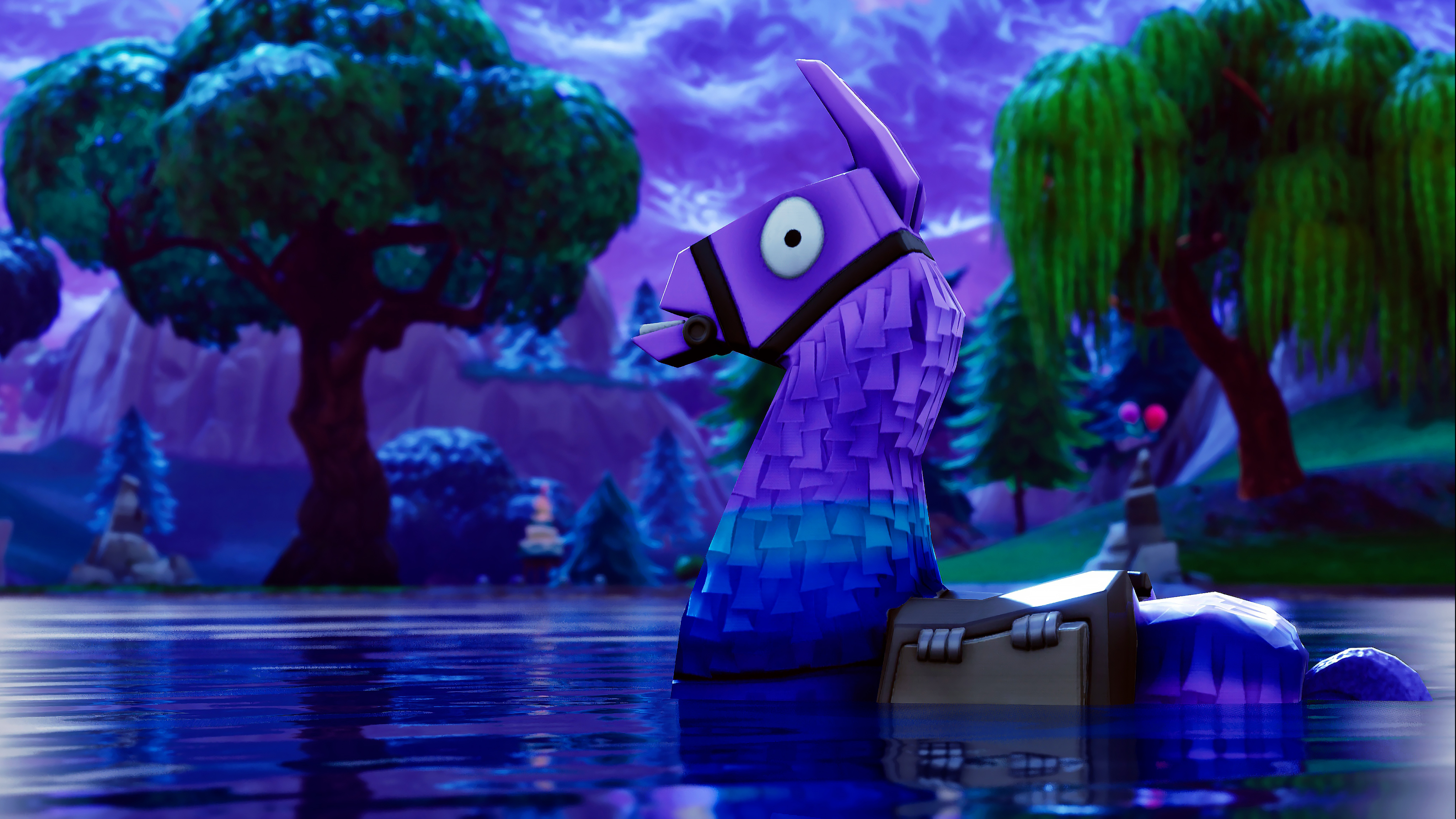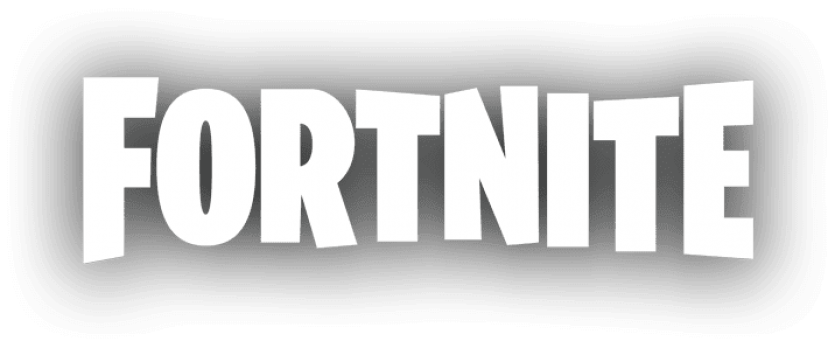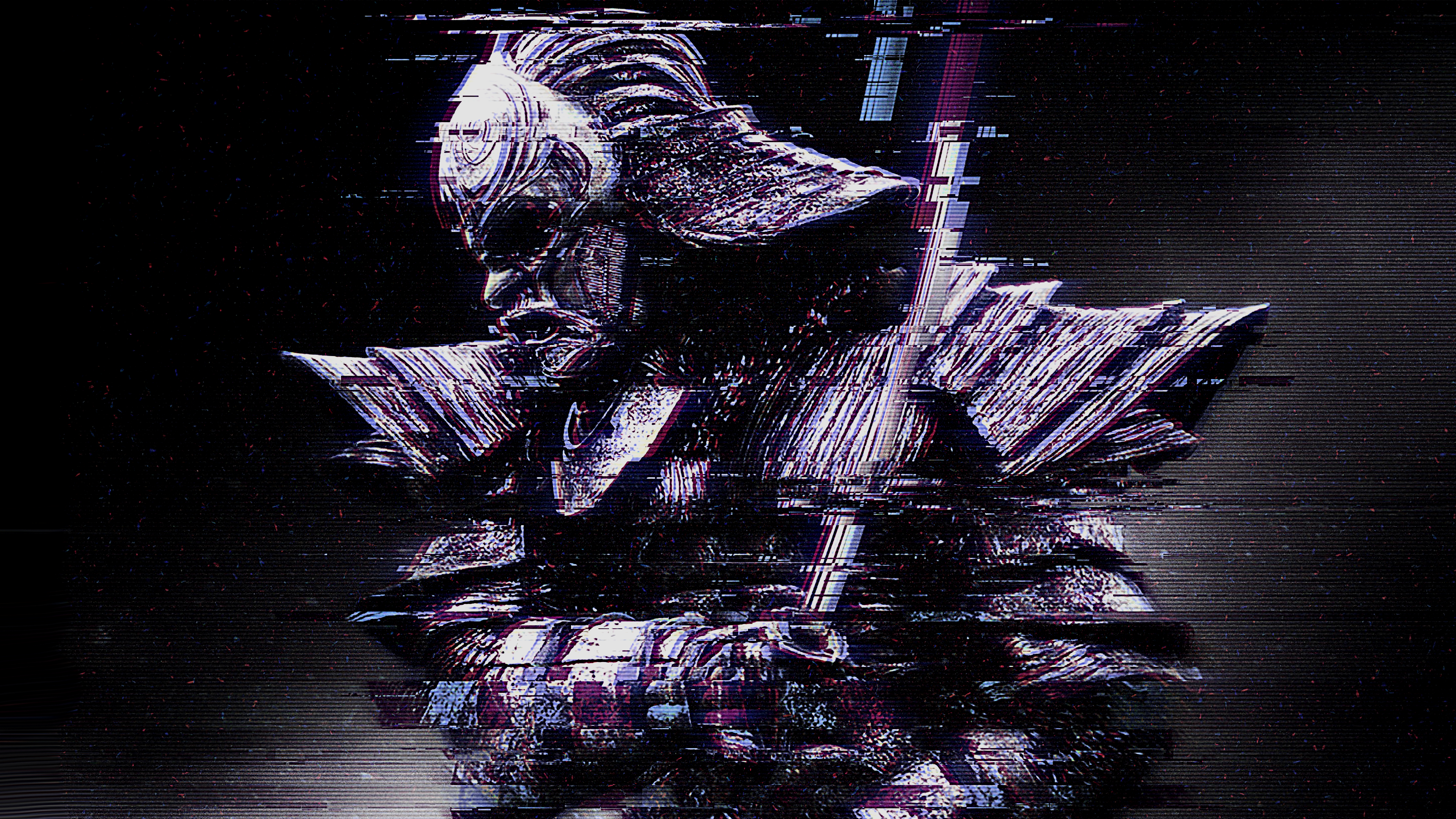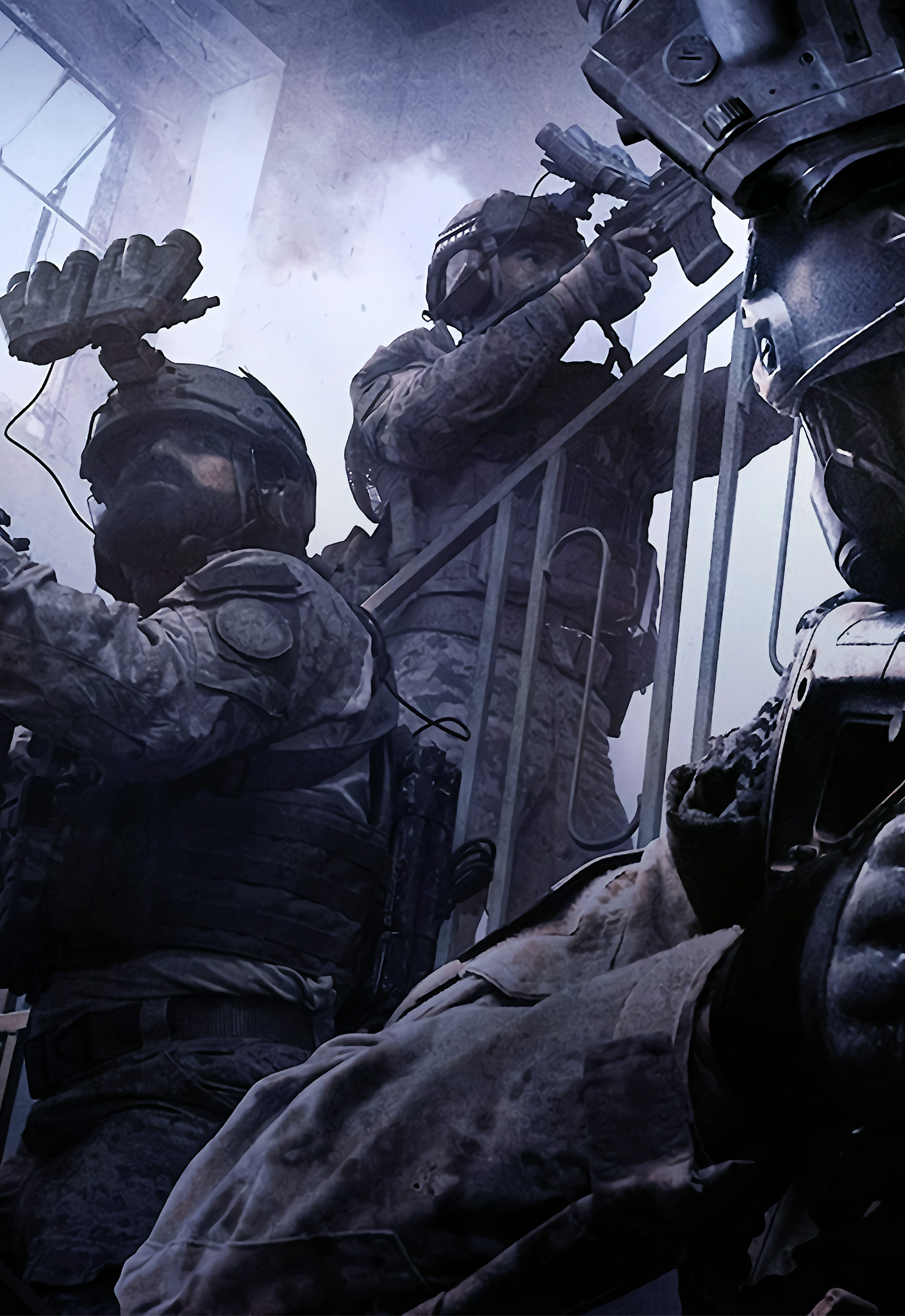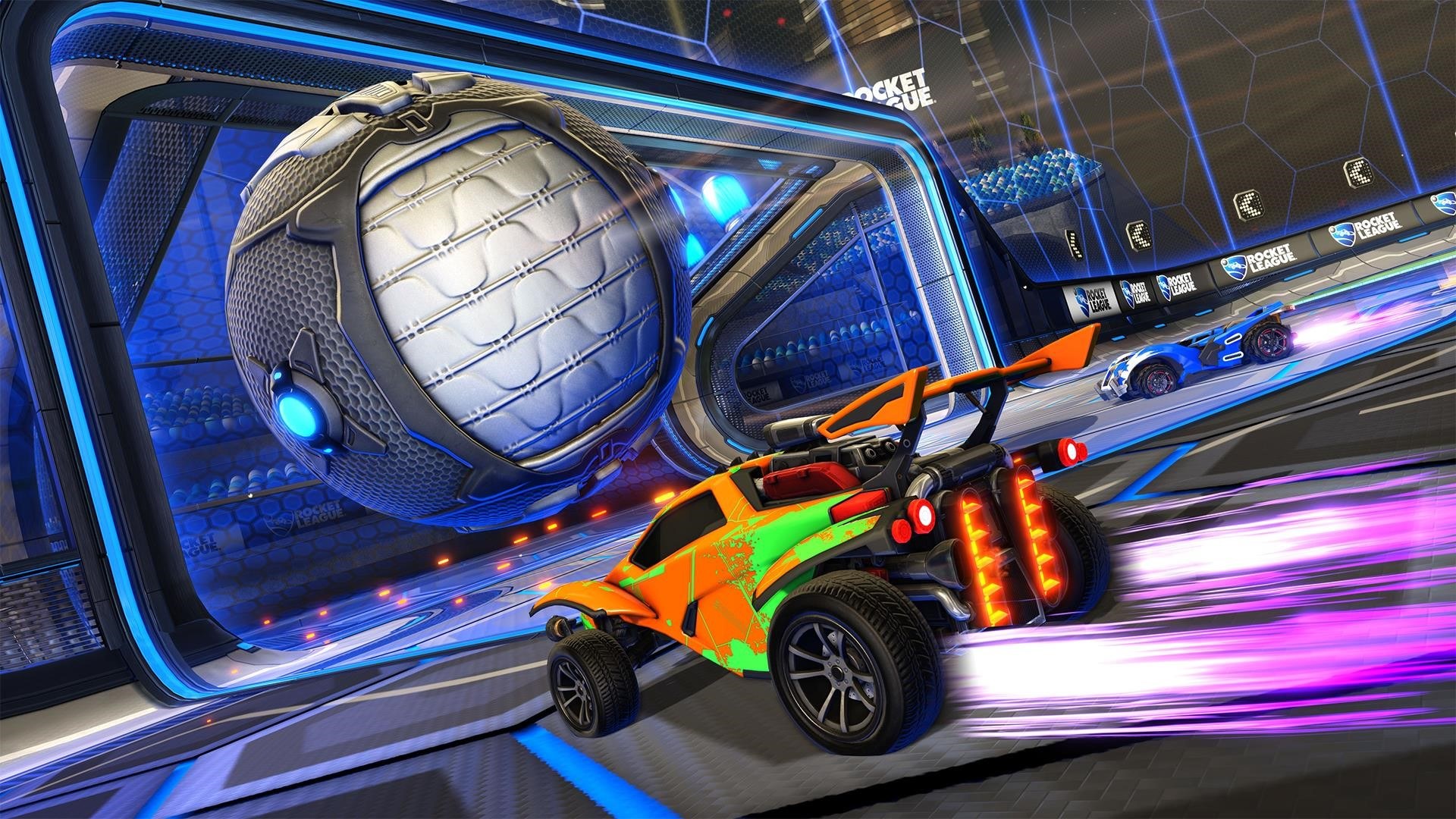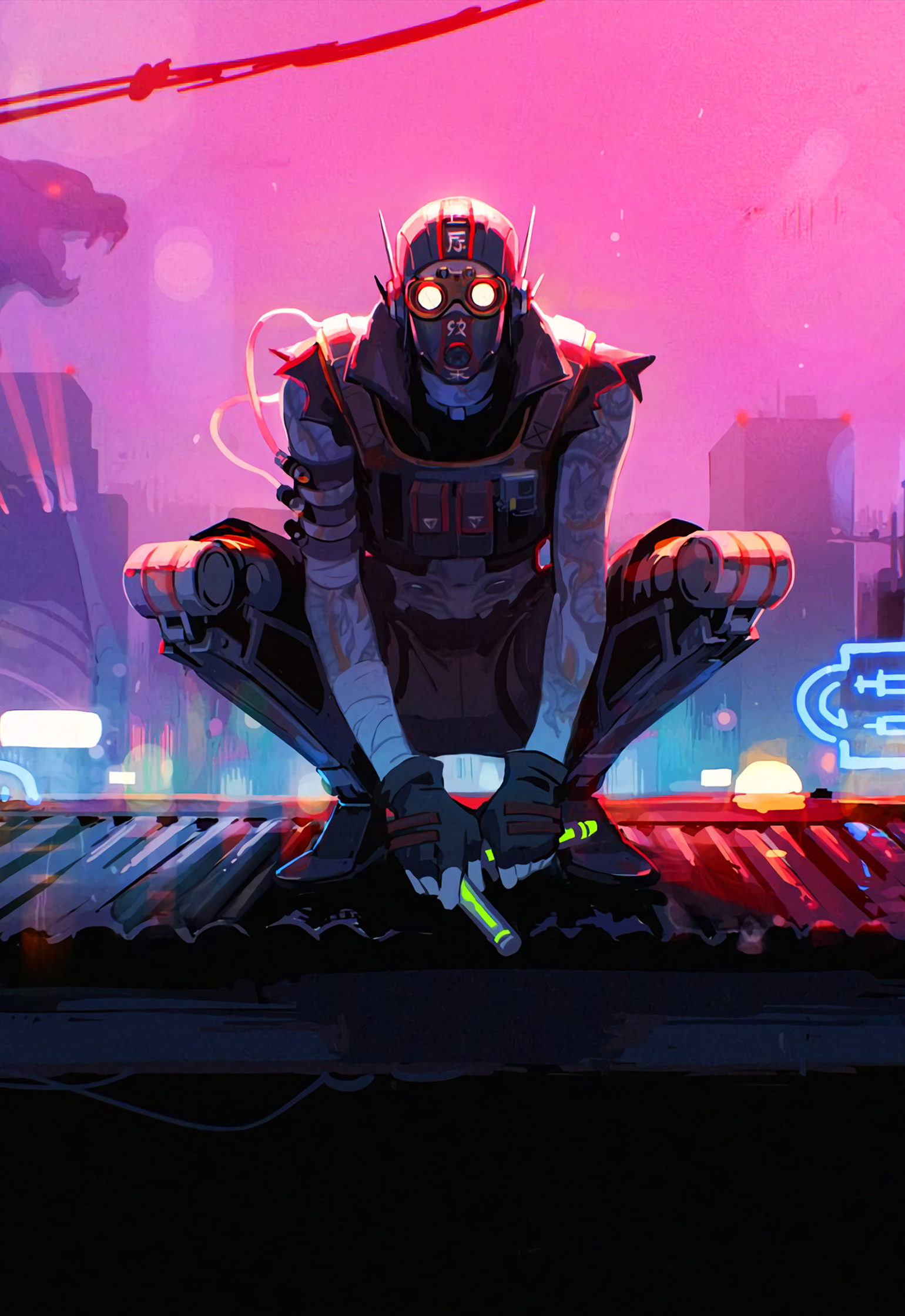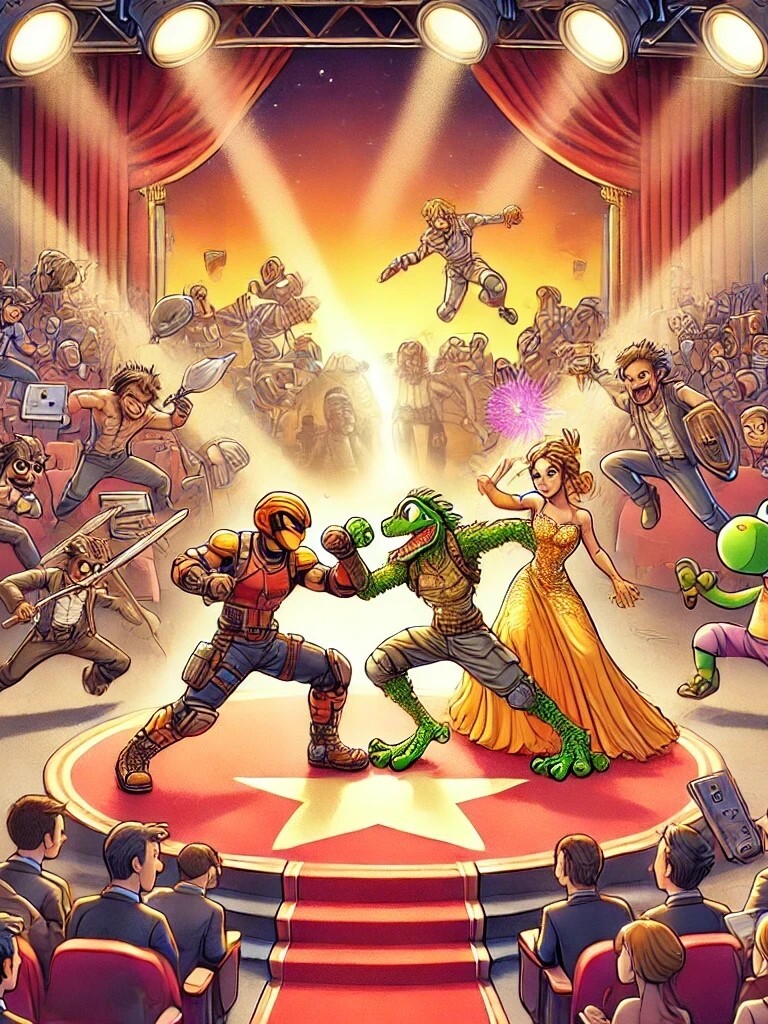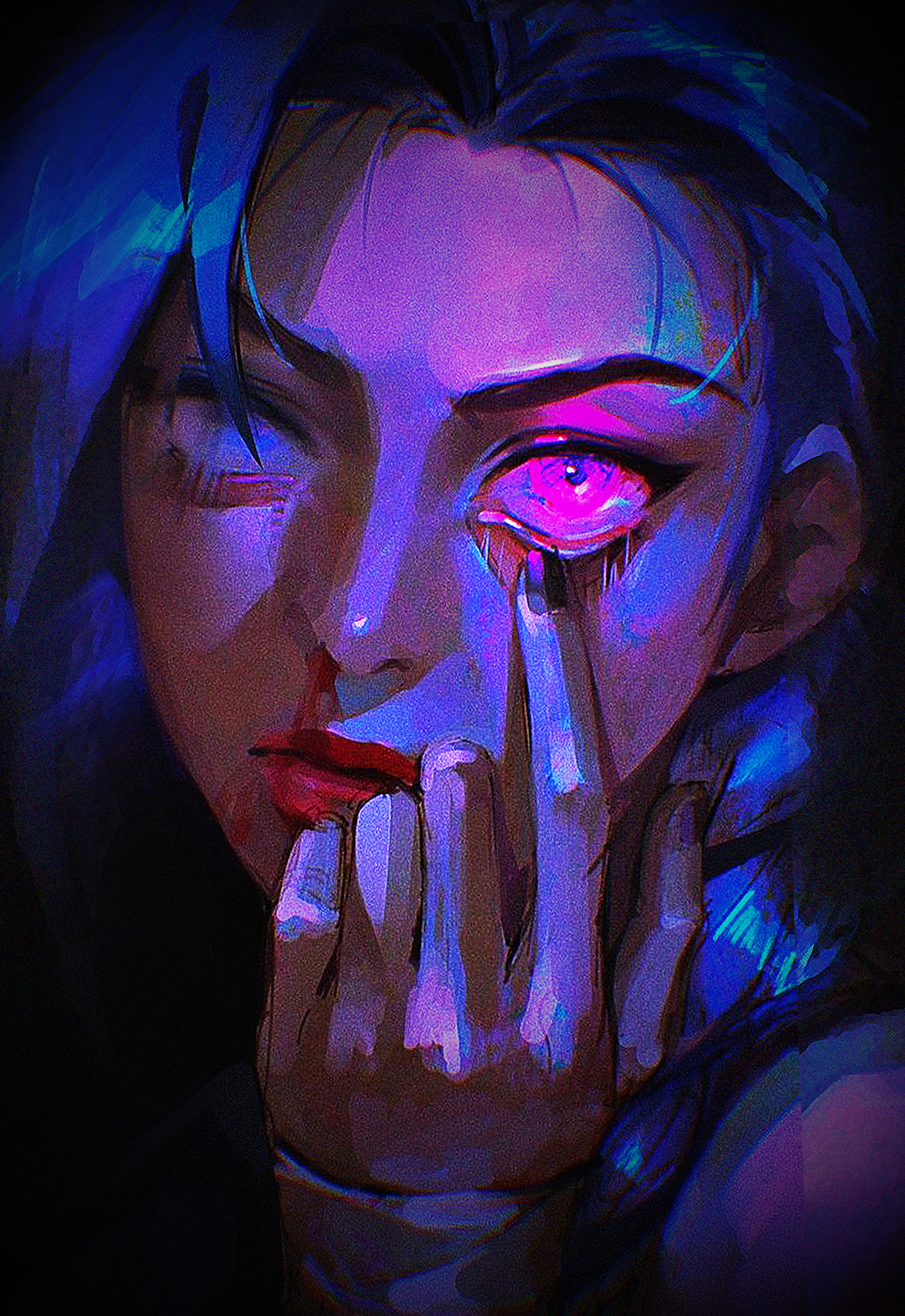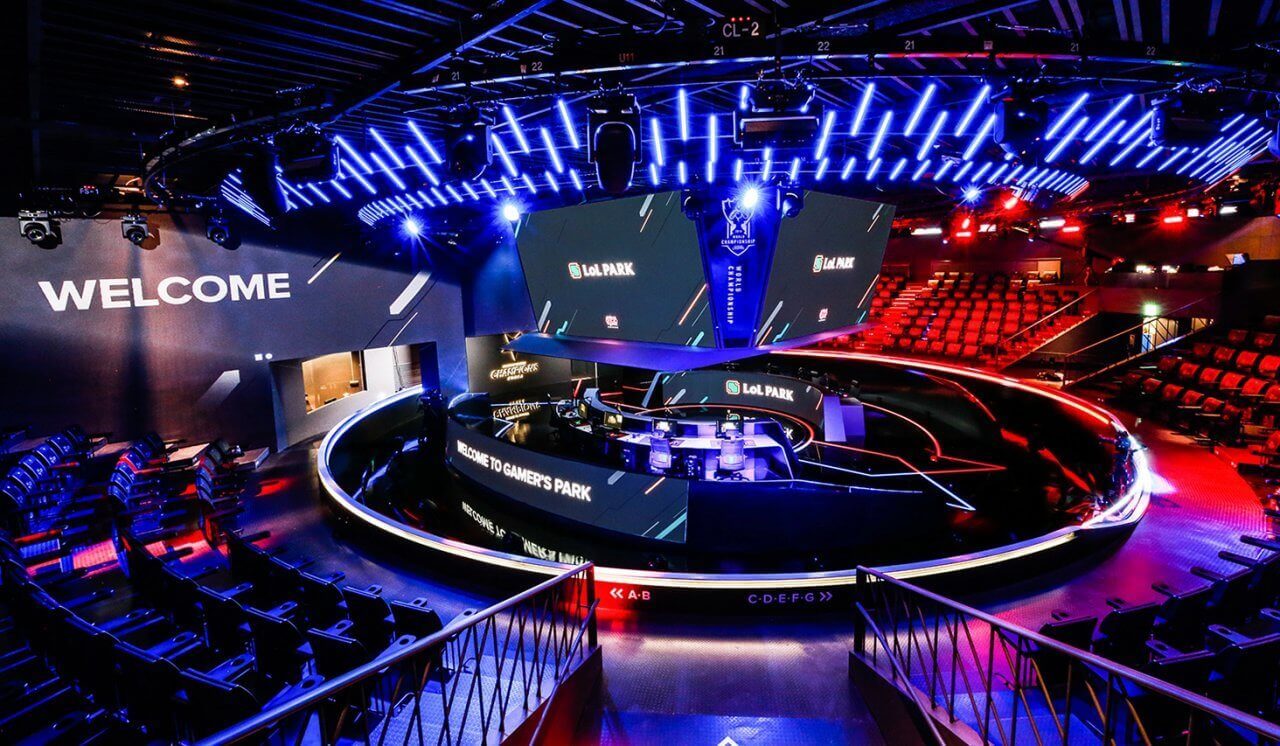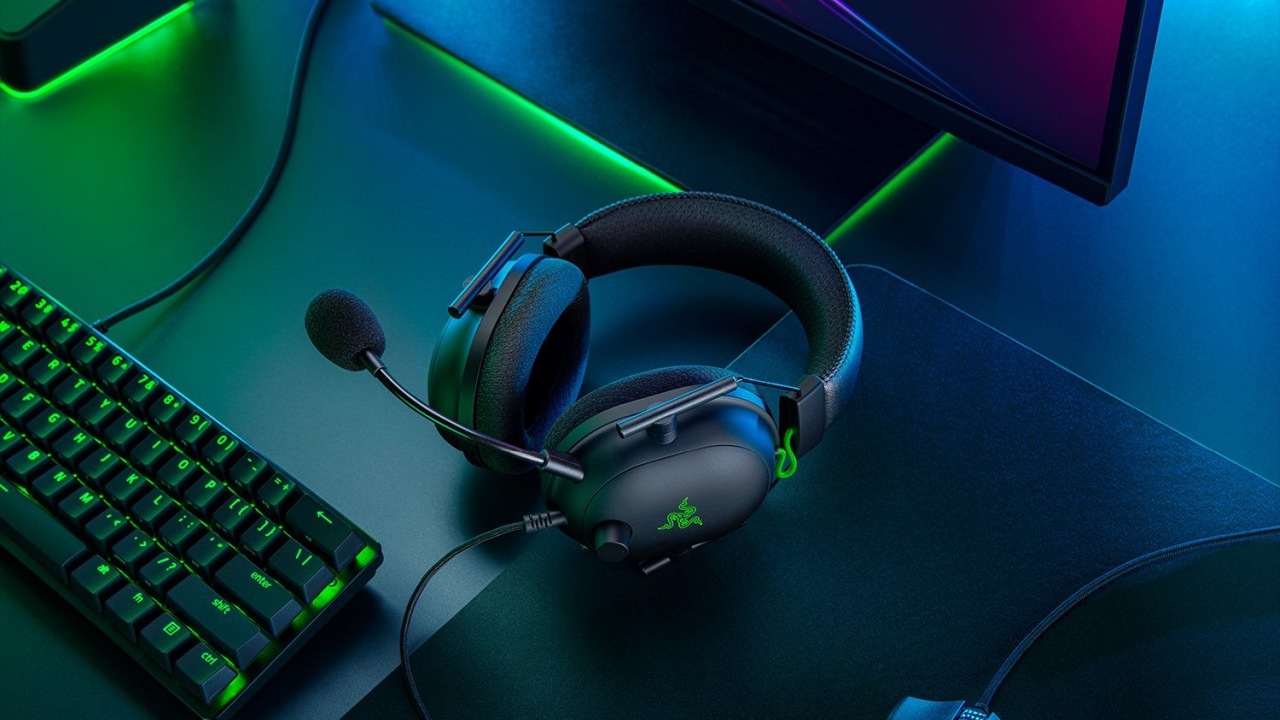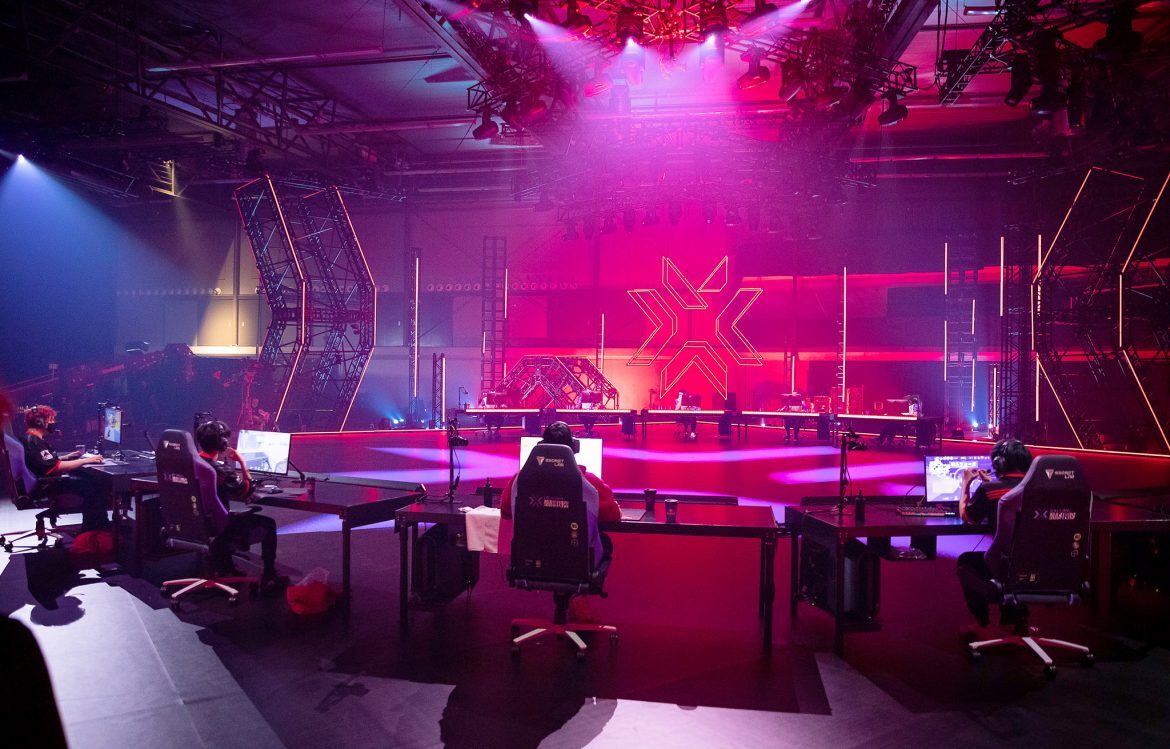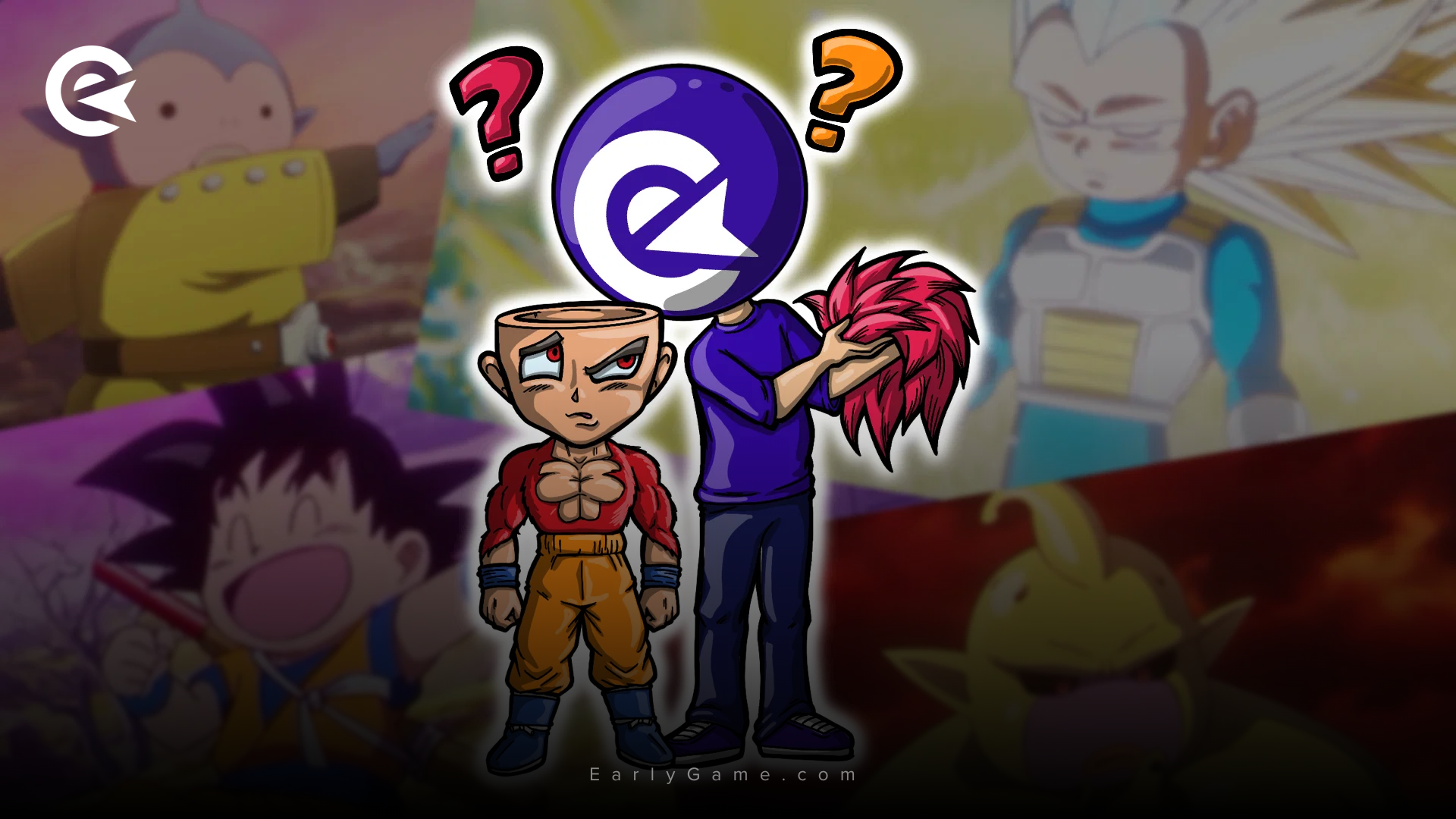The last Dragon Ball show Akira Toriyama was involved in, received mixed reactions from fans – we also thought about what the anime could have done differently.
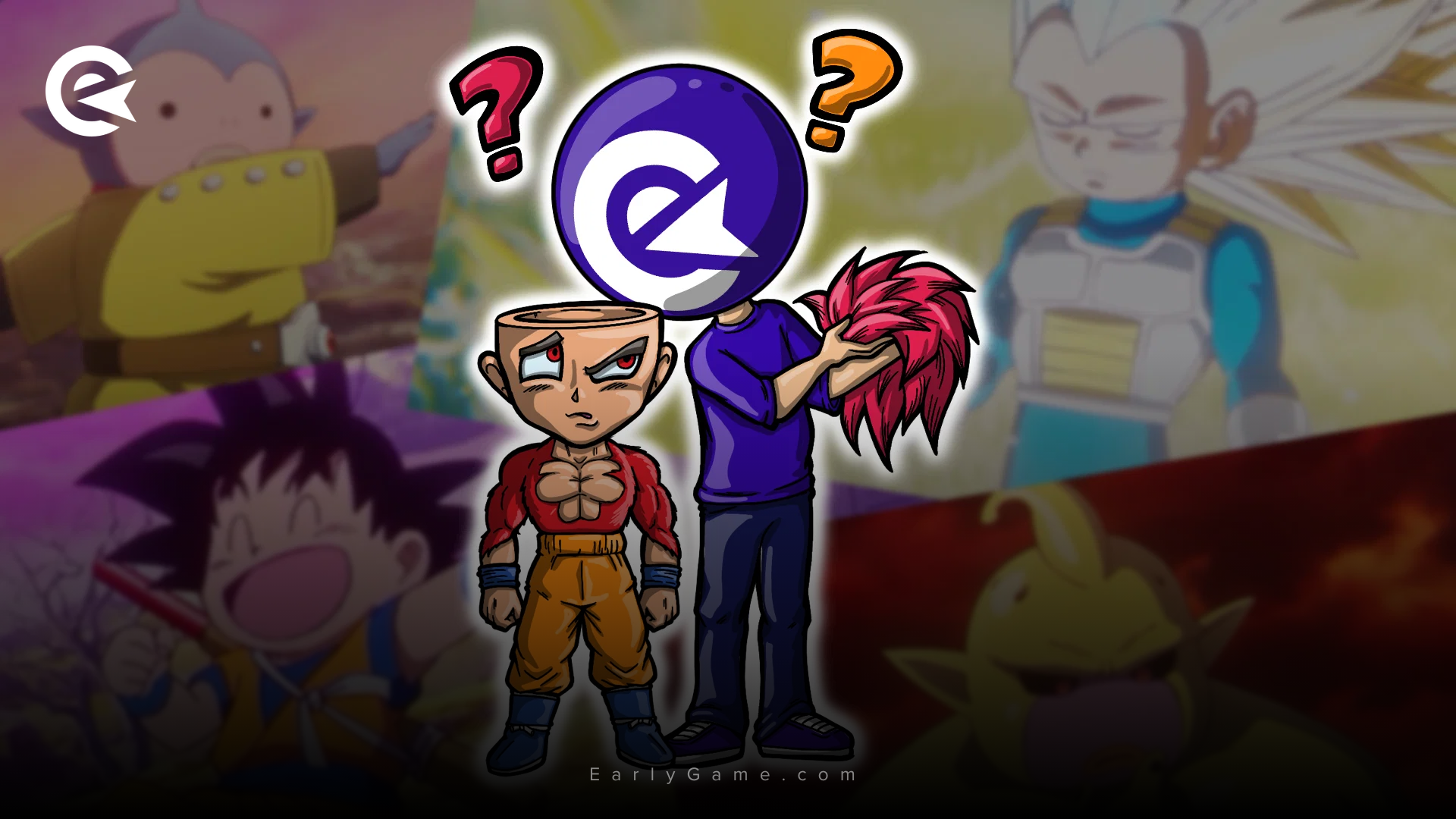
On March 1, 2025, exactly one year after Akira Toriyama's passing, the 20th and final episode of Dragon Ball Daima was released.
For various reasons, the series had sparked great hopes among fans, with many expecting it to be a grand conclusion to his magnum opus. However, most of the community was left feeling rather disappointed.
Today, we want to take a closer look at why that is and how the series might have been saved.
Promising Premises
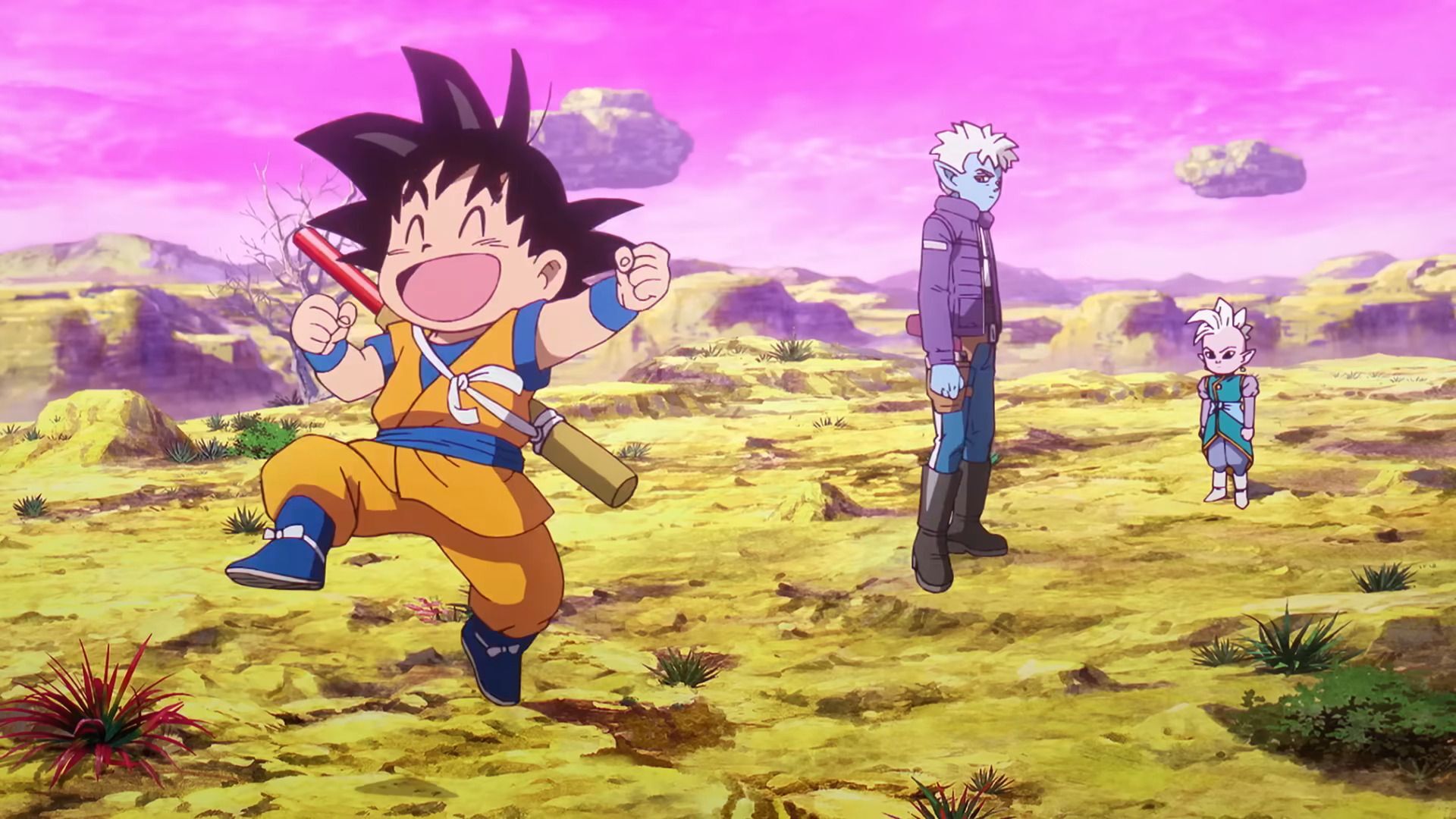
When Dragon Ball Daima was announced in October 2023 and more details about the anime and its production emerged in the following months, the prospects seemed as bright as Goku Black’s hair when he transformed into Super Saiyan Rosé.
Not only was Akira Toriyama reportedly more involved in this series than in any previous Dragon Ball anime, but he had also completely rewritten the story and redesigned all the characters. Originally, Daima was supposed to be an independent Toei project, with Toriyama only serving as a supervisor. However, he ultimately took full creative control, giving fans high hopes for the series.
The talent behind the production was equally impressive. Katsuyoshi Nakatsuru, known for his exceptional ability to replicate Toriyama’s art style – so much so that even Toriyama himself sometimes confused their work – was announced as the character designer. Additionally, three of the best animation directors from Dragon Ball and One-Punch Man were brought on board to ensure a consistent and high-quality visual style.
However, it wasn’t just the big names in writing and composition that made Daima a highly anticipated masterpiece even before its release. Unlike most anime, which operate under extremely tight schedules and often have only a few episodes completed before airing begins, Daima had nearly two years of pre-production—an unprecedented luxury in the anime industry.
Kamehame... huh?
When Dragon Ball Daima finally premiered on October 11, 2024, anticipation had reached unimaginable heights – only to be crushed just as quickly as it had risen.
But before you angrily start typing away (and, in true Vegeta fashion, declare, "My heart is pure—the purest evil!"), let me clarify: Daima isn’t all bad. However, as a passionate fan of the Dragon Ball universe, it pains me to see how much potential was seemingly wasted.

This text is not so much about how bad Daima is in my opinion, but rather about how great it could have been.
I want to explore this by looking at its story, characters, the fights – which are essential to Dragon Ball – and, ultimately, how well Daima fits into its chosen place between Dragon Ball Z and Dragon Ball Super.
Welcome To The Demon Realm!
I’d like to start with something positive—the most positive and defining aspect of Daima: the Demon Realm setting.
The concept of demons in Dragon Ball isn’t entirely new. Even King Piccolo and his offspring (cue flashbacks to his egg-spitting method of "birthing" his sons) referred to themselves as demons. However, this happened at a time when Toriyama—who never placed too much emphasis on continuity or airtight plots—simply wrote whatever felt right at the moment.
At that point, he hadn’t yet conceived of Piccolo’s Namekian origins, let alone the idea that Namekians might have ties to the Demon Realm.
That’s what made this newly established Demon Realm so surprising—it actually fit seamlessly into the chaotic web of Dragon Ball’s loose lore threads. The idea that demons originate from a separate world, with some of their races having immigrated into the known universe, worked surprisingly well. Their distinct magical abilities and signature pointed ears aligned almost perfectly with the Namekians, the Kaioshin, and even existing demons like Dabura—both in terms of appearance and abilities (such as the power to create Dragon Balls).

However, this entirely new world was nowhere near as well-utilized as one might have hoped, and much of what happened in relation to the Demon Realm simply didn’t make much sense.
Why did Gomah merely transform Goku and the others into children instead of actually getting rid of them? And perhaps even more baffling – why did our heroes just let him make this wish in front of Shenlong without intervening?
Even within the narrative itself, this transformation into their childlike forms barely serves any real purpose. For the Z-Fighters and their allies, it brings little to no actual consequences or challenges. Their journey could have just as easily taken place in their adult forms, since instead of embarking on a true adventure, they simply visit isolated locations—where Goku being a child never truly matters.
The heroes also rarely face any genuine danger – enemies either underestimate them (as usual) or are quickly defeated, which is exactly what an adult Goku or Vegeta would have done anyway.
The most likely explanation? Toei probably just wanted to reuse what seemed to work back in GT – turning Goku into a kid again – but this time, making it canon.
But why not fully embrace and explore this unique premise? Especially when it could have integrated so perfectly into the story?
Saving Daima With Child Labour
If Gomah, just like in the original, had realized that the Saiyans stood in the way of his plan to conquer the Demon Realm, he could have sent a powerful enforcer to eliminate them. As expected, this enemy would have been completely overwhelmed by the true power of the Z-Fighters. In a fit of desperation, instead of wishing for the Third Eye as originally planned, Gomah could have impulsively wished for them all to become children.
This would have made it clear that, no matter how nonsensical the wish might seem, it was driven by panic rather than strategy – a rushed decision that wasn’t well thought out. More importantly, it would have allowed the series to establish a new power dynamic.
With Goku and the others suddenly turned into children, they would no longer be accustomed to their new (old) bodies, making them completely outmatched by Gomah’s forces.
A desperate retreat to protect their friends and families would have explained why the group initially became separated, leaving Goku and the Kaioshin isolated while giving the Demon Realm and its inhabitants a much more menacing presence.
But the transformation into children wouldn’t have just served to make the villains seem more dangerous – it could have also opened up everyday struggles unique to being a child.
For example, Vegeta, of course, would be determined to follow Goku into the Demon Realm and would ask Bulma to build a suitable spaceship. Normally, for the billionaire tech genius, this would be no problem. But as a child, Bulma would suddenly face all kinds of unexpected difficulties.
This would have made the premise not only more engaging but also given it a deeper narrative purpose, rather than just being an arbitrary gimmick.
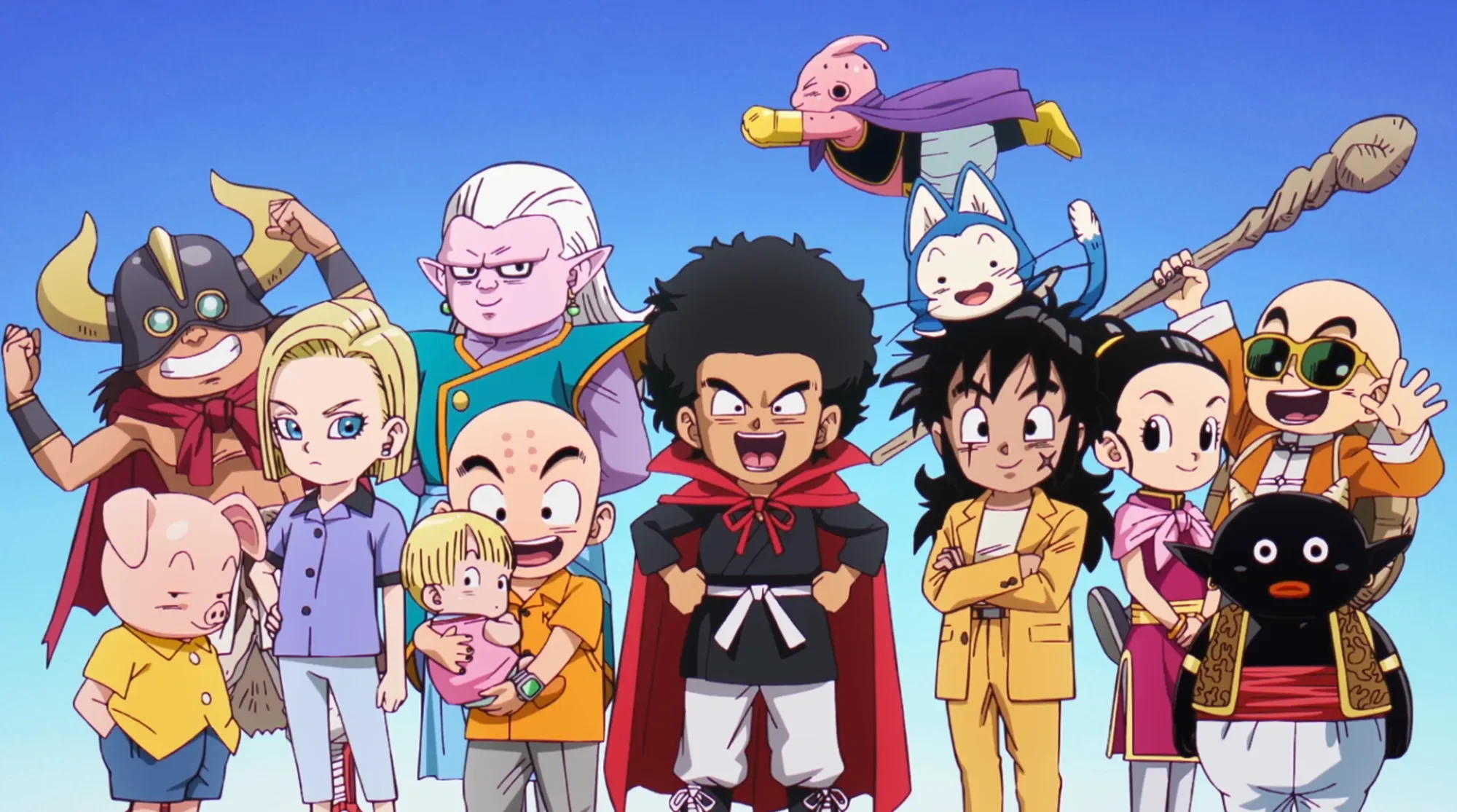
As a child, she wouldn’t have access to her money, meaning she wouldn’t be able to buy many of the necessary materials. The group would have to get creative – stealing ship parts or even taking on small jobs to earn a bit of money for the missing pieces.
Additionally, this could have allowed for scenes featuring a young Master Roshi or Mr. Satan, characters we don’t get to see at all in Daima after the second episode.
Meanwhile, Vegeta and Goku would have to completely relearn how to fight in their small bodies. Goku would have retrieved his Power Pole (just like in the real Daima) and tried to rely on his old combat techniques using the staff and his tail, while Vegeta would have to remember what it was like to fight as a young Saiyan prince.
Not only would this have opened up potential for an entirely new kind of character development, but it would also have paved the way for a later transformation – something I will elaborate on further in the text.
Glori...okay?
Let’s stay on the topic of characters.
Because even though we get to meet wonderful new friends like Panzy, Hybis, or Glorio, there are still moments where the potential of what could have been falls short.
No character illustrates this better than Glorio.
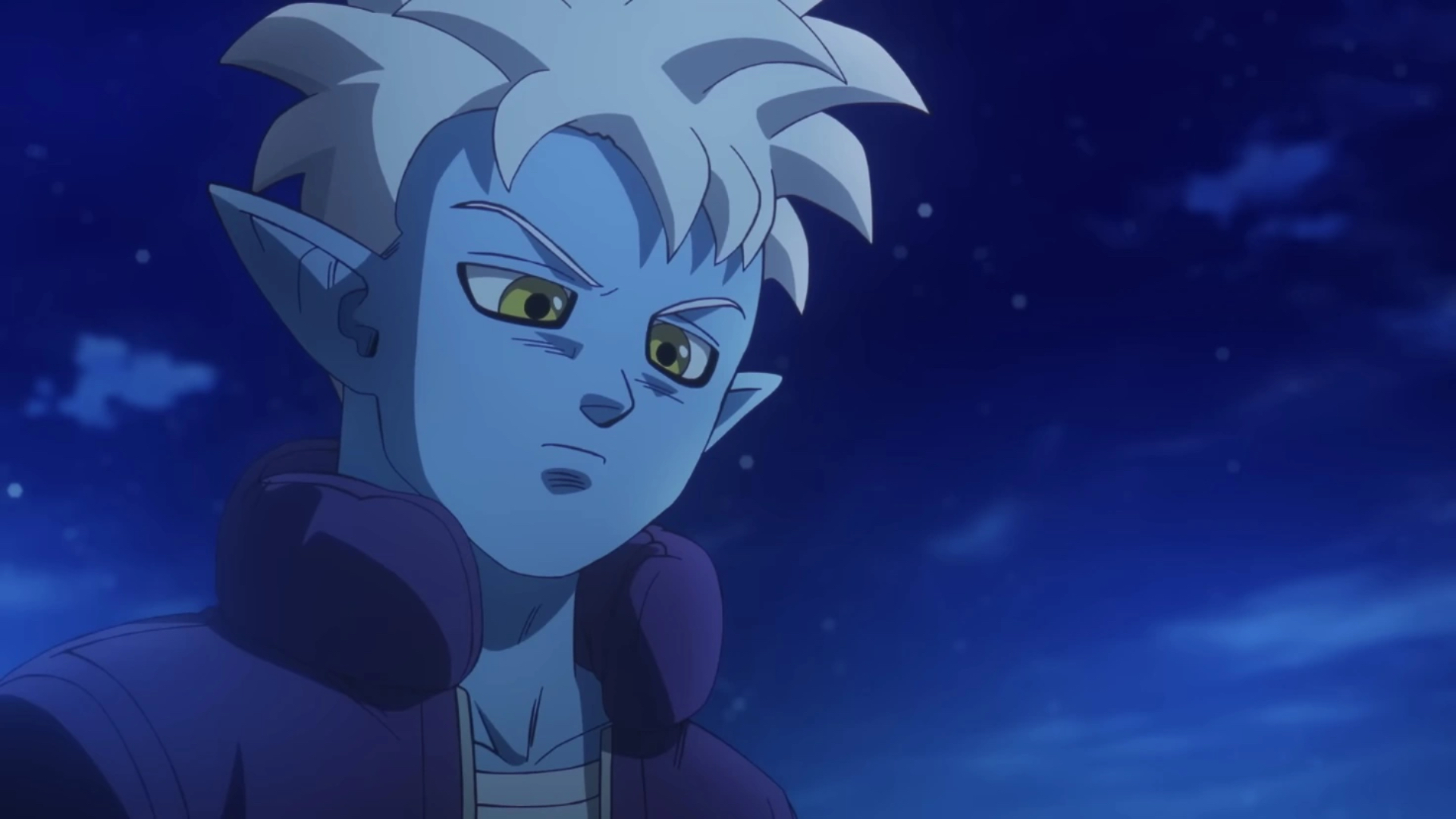
The grim-looking demon doesn’t resemble some of Toriyama’s favorite characters for no reason –his design is exactly the kind that Toriyama often used for new, especially cool characters. Glorio was meant to be one of Daima’s main characters.
He accompanies Goku through the Demon World and on the quest for the Dragon Balls – until we find out that he has been in contact with the villainous Dr. Arinsu and is even working for her.
What does that mean for our team? Essentially, nothing. Because of the way Daima tells its story, his “betrayal” has absolutely no consequences. In fact, it makes his character development and eventual heroic act feel even more underwhelming.
Goku and the others never find out that Glorio was actually on Arinsu’s side, nor do they ever face any problems because of it. At the same time, we never learn why he worked for her. Arinsu briefly mentions that she “freed” him, but what that really means is never explained. Even when Glorio betrays his employer and makes a different wish to Porunga, nothing happens. Arinsu doesn’t seek revenge, Glorio doesn’t fear any consequences – the entire buildup of tension just fizzles out.
Giving A Reason To It
Fundamentally, the idea of making one of Goku’s companions a spy is actually quite exciting—but only if it’s properly utilized. If Glorio had been pulling strings in the background, making the journey more dangerous or exhausting for the Z-Fighters, then his betrayal would have actually mattered.
And if we had learned that there was a reason behind his sabotage – perhaps Arinsu was blackmailing him in some way – he could have become a truly compelling character. Especially if, despite whatever Arinsu had over him, he ultimately still chose to wish for the Demon Realm’s Shenlong to turn Goku and his friends back into adults.
Because then, his decision wouldn’t have been mere defiance against Arinsu – it would have been a true heroic act.
One that could have influenced the outcome of the series and the final battle.
Have There Even Been Any Fights In Daima?
Let’s be honest – for a show with battles in the central focus, the fights in Daima were relatively rare and, even when they did happen, pretty underwhelming.
Sure, Daima was meant to focus more on the journey rather than just fights, but considering we’ve already established that the journey through the Demon Realm wasn’t particularly exciting, and given that combat is an essential part of the franchise, the series could have really benefited from a few more brawls.
Aside from some minor scuffles with a few demon bandits or soldiers, Daima leaves you with the feeling that it’s been holding back its best fights.
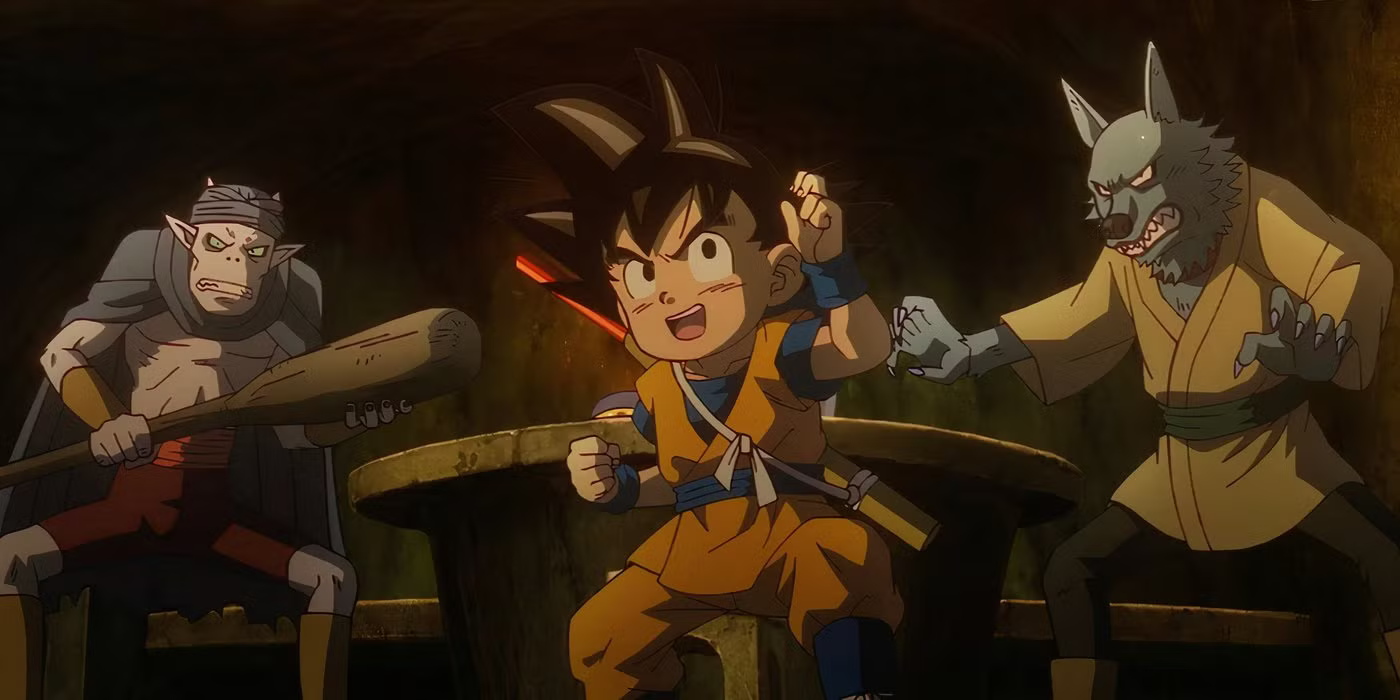
Majin Kuu and Majin Duu, who were initially introduced as even stronger reinterpretations of Majin Buu, ultimately turned out to be more like comic relief characters. And while that certainly fits Toriyama’s signature humor, they should have at least been given a chance to truly showcase their power before turning into mere jokesters.
The Majin brothers also complemented each other perfectly – one strong but simple-minded, the other clever but physically weak – so a fusion would have been the obvious next step. Not to mention, we were all waiting for a new fusion between Vegeta and Goku after those special fusion-enabling bugs were introduced. But nothing ever came of it.
A similar issue arose with the Gendarmerie Force, essentially the Demon Realm’s equivalent of Frieza’s Ginyu Force. We were introduced to five distinct warriors – portrayed as somewhat goofy but undeniably dangerous – only for their seemingly fast-paced battle against Vegeta to happen completely off-screen.
At least the Tamagami, the three guardians of the Demon Realm’s Dragon Balls, hinted at what could have been. Much like in Super, their fights seemed to combine elements from both Z and classic Dragon Ball: intense, action-packed battles that also required cleverness to figure out and exploit an opponent’s weaknesses.
Honestly, the whole thing could have even played out similarly to the moment when Vegeta insulted his robotic opponent so much that it gave up out of sheer frustration – allowing Toriyama’s humor to shine through while still making the fights feel more engaging and strategic rather than just another Z-style brawl.
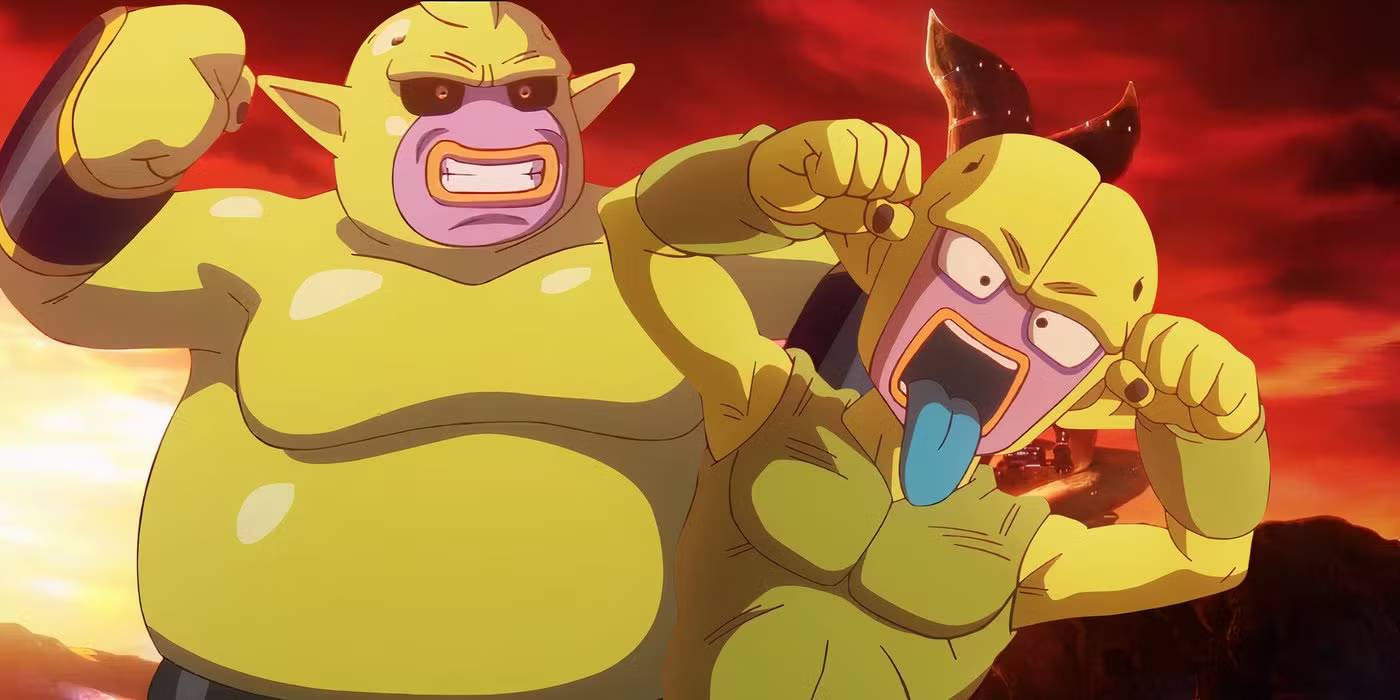
But more than anything, the grand finale – the fight against Gomah – perfectly showcases just how little tension the fights in Daima actually have.
Neither Goku nor Gomah take any real damage. Sure, Goku gets out of breath, and Gomah takes hit after hit, but the drama of past battles is completely absent. At no point does it feel like Goku is on the verge of failure, like he has to push himself to his absolute limits, or like Gomah is completely overpowering him. Instead, they just keep trading uninspired attacks back and forth, none of which seem to have any real impact.
But how do you win a fight where the true opponent is boredom?
Essentially, by incorporating everything that has already been suggested for improvement.
Just let them fight!
First and foremost, simply by letting fights happen.
Battles against the Gendarmerie Force and the Majin Brothers could have taken place even if some of them were destined to become allies later on – hell, every single one of Goku’s companions, from Krillin to Vegeta, was once his enemy!
Early on, these fights would have been even more dangerous, since Goku and the others were still struggling to control themselves and their powers after the transformation. They could have gone through a process of rediscovery – relearning old techniques and developing new ones along the way.
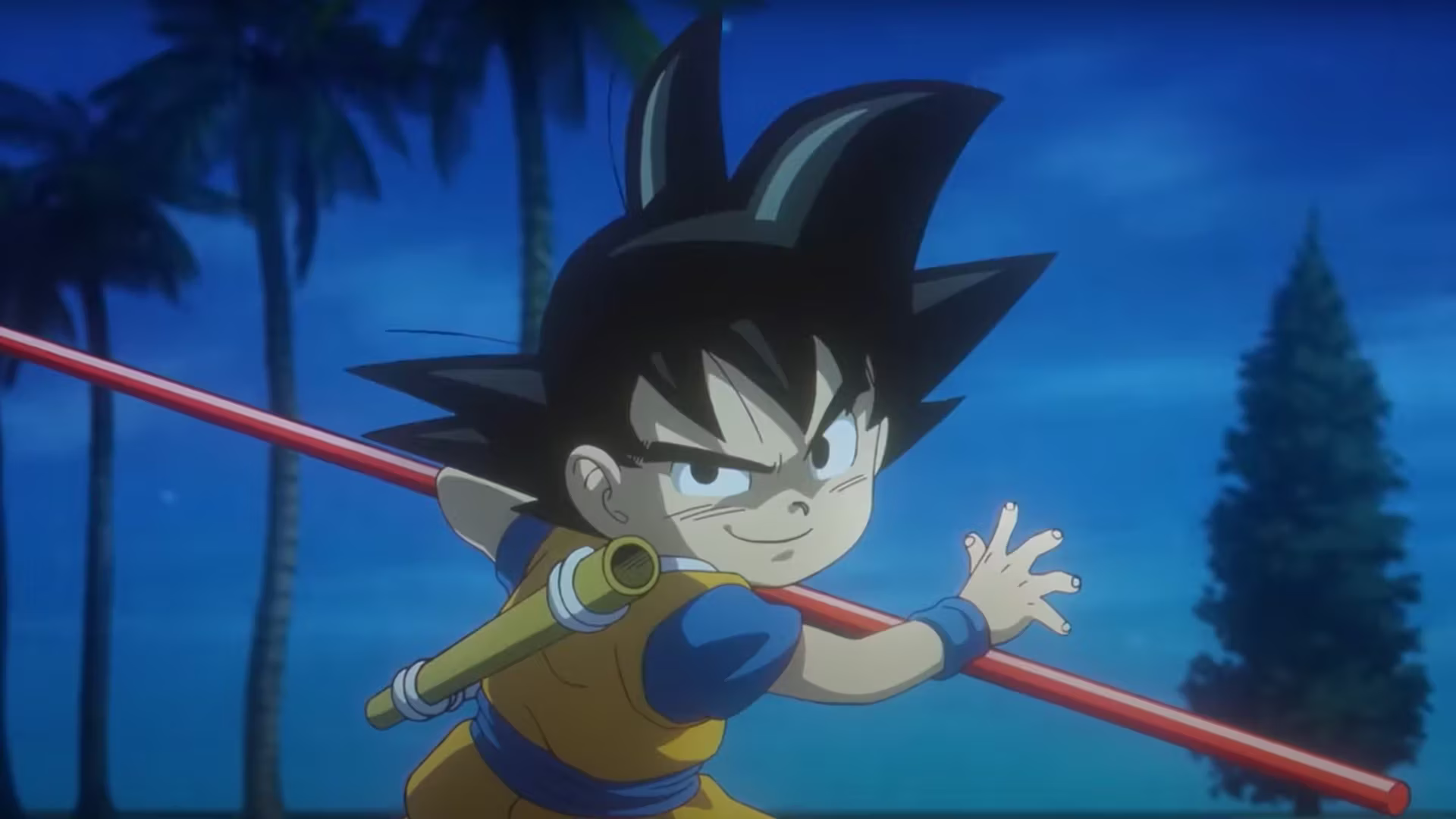
The fights could have shown us how our heroes slowly adapted to their childlike bodies—especially the two Saiyans, who would have reconnected with their origins. And that doesn’t just mean fighting the way they once did, but rediscovering their true roots and their very DNA.
And all of this in a way that wouldn’t just have made the grand finale more exciting, but also helped resolve the new plot holes that emerged when Akira Toriyama completely ignored the fact that the already-released Dragon Ball Super was supposed to take place after the events in the Demon Realm.
After Z But Before Super
No new arc in the Dragon Ball universe comes without new transformations and power-ups. Super spoiled us in no time with Super Saiyan God, Super Saiyan Blue, Super Saiyan Rosé, and later Ultra Instinct and Ultra Ego – so it was obvious that Daima wouldn’t be any different.
But how do you introduce new forms and transformations without completely breaking Super’s continuity?
Simple: by ignoring it.
Knowing full well that Dragon Ball Super – which takes place after Daima in the timeline – never mentions a Super Saiyan 4 or Vegeta ever achieving Super Saiyan 3, Daima still debuts both forms.
Apparently, neither Toei nor Toriyama saw this as an issue.
But since we're already in the business of making Daima better, let’s go ahead and improve the transition between the two series as well.
Vegeta Taking A Break... And A Bath
Explaining why the Prince of Saiyans achieves Super Saiyan 3 in Daima but never uses it in Super could easily be tied to one of my favorite Vegeta moments in the entire franchise.
A shockwave went through the fanbase when it was revealed that "Vegeta enjoys taking baths with Bulma!"
In the original scene, Vegeta abandons all of his Saiyan pride – at first refusing to let Goku fight Gomah, but then immediately dropping his usual stubbornness when Bulma makes one thing very clear: If he keeps fighting, she will never bathe with him again.
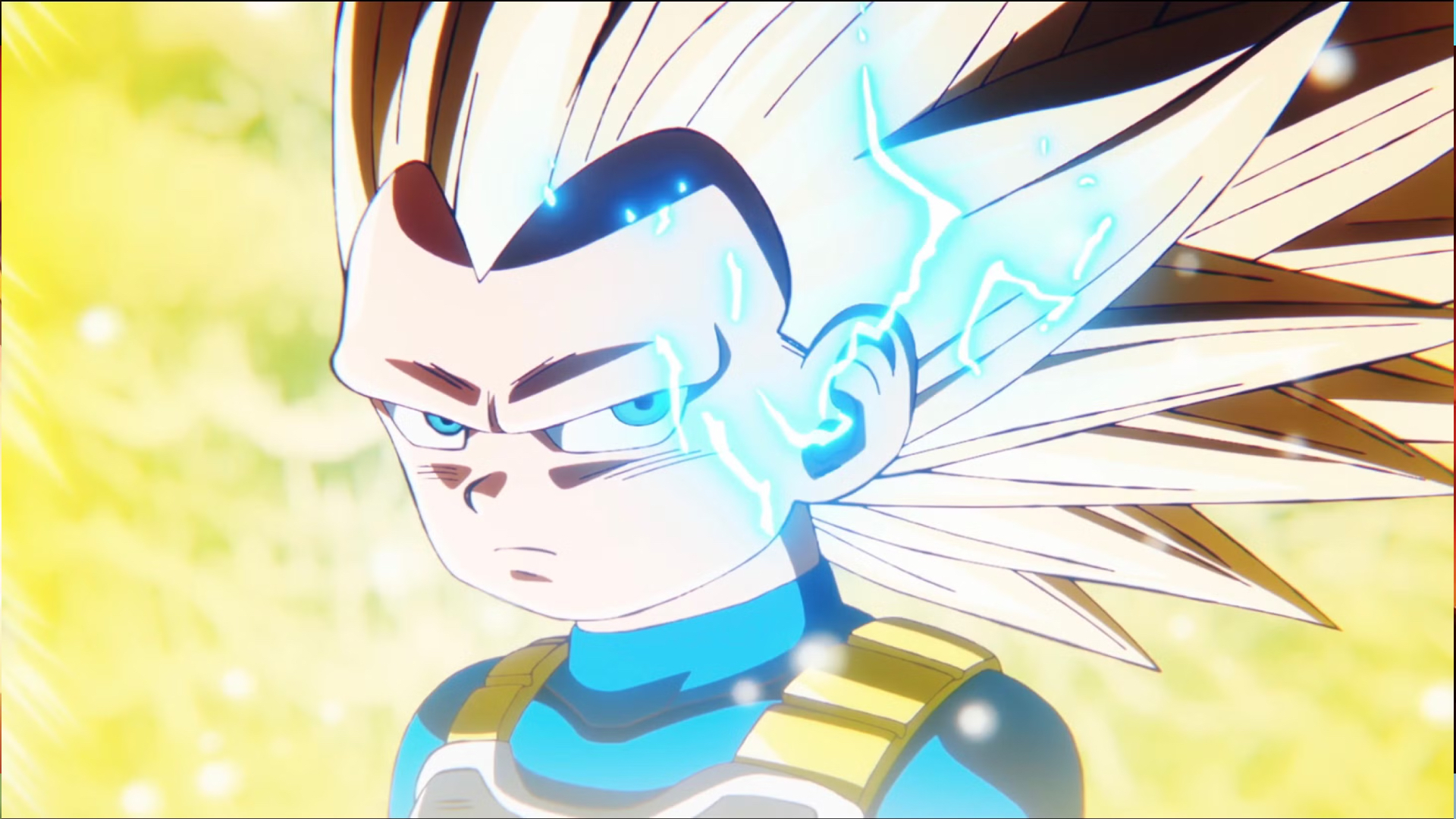
Combining both moments would close the plot hole while still keeping the humor of the scene intact.
Imagine Vegeta transforming into Super Saiyan 3 during a fierce battle –only for Bulma to be so put off by the bizarre look of the form (after all, he has no eyebrows and ridiculously long hair) that she threatens to never bathe with him again if he ever transforms into it again.
A Demonic Saiyan
The second and far more important transformation—and my final point for improvement—is Goku’s transformation into Super Saiyan 4.
Even though this was THE moment of Daima and fans were beyond thrilled that the once-reviled SSJ4 from the even more disliked Dragon Ball GT was finally canon, there were not only better and more exciting ways to introduce the form into the series, but also a logical reason why we never hear about it again in Super.
In Daima, Goku transforms into the red-furred Super Saiyan 4 during his fight with Gomah after the Namekian Nevauses his magic on him.
The writers had actually given themselves the perfect explanation—if magic was the catalyst for this form, then Goku wouldn’t have the ability to use it again in Super. Problem solved.
But instead, the series gives us a completely underwhelming reveal: Goku simply trained to achieve the form after the battle with Buu… Thanks for nothing.
Beyond that, such an iconic transformation deserved way more lore than just a bit of training and magic.
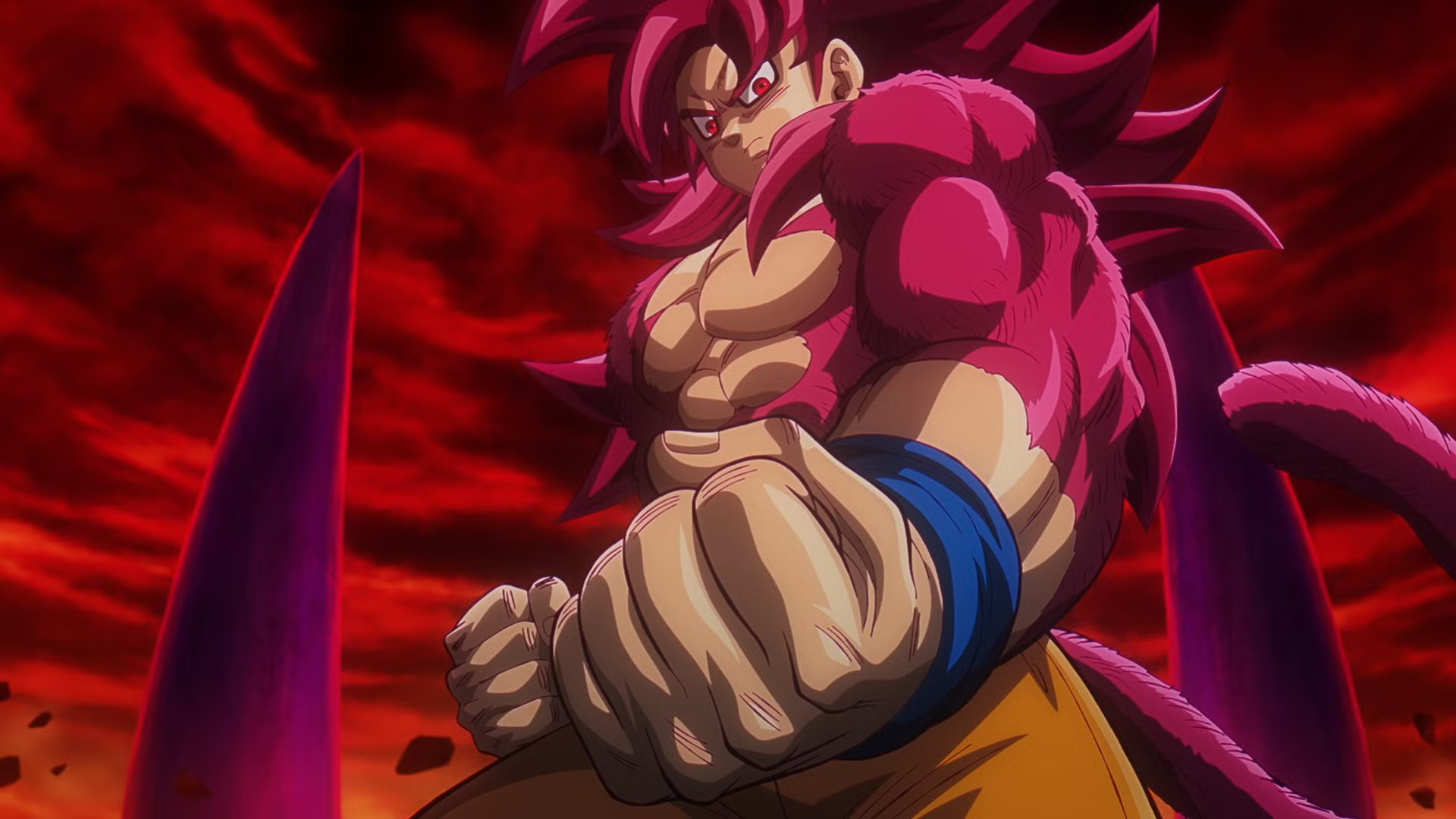
If our rewritten version of Daima had already established that the Saiyans struggle in battles against various demons – because these beings are inherently superior – it would make perfect sense for Goku to seek a way to elevate his power to a “demonic” level. And that’s exactly what Super Saiyan 4 could have been!
In GT, this form was already deeply connected to the Saiyan race’s primal roots, requiring Goku to first transform into a Great Ape before achieving it. Visually, it stood apart from the other blond Super Saiyan forms, with its red fur, black mane, and bloodshot eyes, giving it a far wilder, more primal feel.
If Goku and Vegeta had spent their entire Daima journey reconnecting with their Saiyan origins – using their tails in battle, for example – it would have naturally paved the way for this new SSJ4 transformation.
And since Saiyans and their transformations have always been tied to the moon, a special moon in the Demon Realmcould have been the perfect trigger for unlocking the form.
This newly established demonic Saiyan transformation wouldn’t just explain SSJ4’s distinct appearance, making it feel different from the usual Super Saiyan forms – it would also justify why Goku could finally defeat Gomah: because he himself had become part demon.
And most importantly: since the transformation was only possible due to the unique Demon Realm moon, it would perfectly explain why SSJ4 is never mentioned in Dragon Ball Super.
Conclusion
Dragon Ball Daima had a lot of potential—both in terms of its initial production setup and its story—but for the most part, it either failed to fully utilize it or didn’t use it properly.
That being said, it’s important to remember that neither Dragon Ball, Z, Super, nor any of the other spin-offs were ever known for consistently amazing animation or deep, intricate lore. The creative process, both with and without Toriyama, has always been highly dynamic and often lacked extensive planning.
So despite all the criticism, it’s still worth emphasizing that Daima is at least entertaining. And if—as Toei originally stated—this was exactly the kind of series that Akira Toriyama wanted, then Daima, as it is, is a worthy part of his legacy. Rest in Peace Akira Toriyama!
